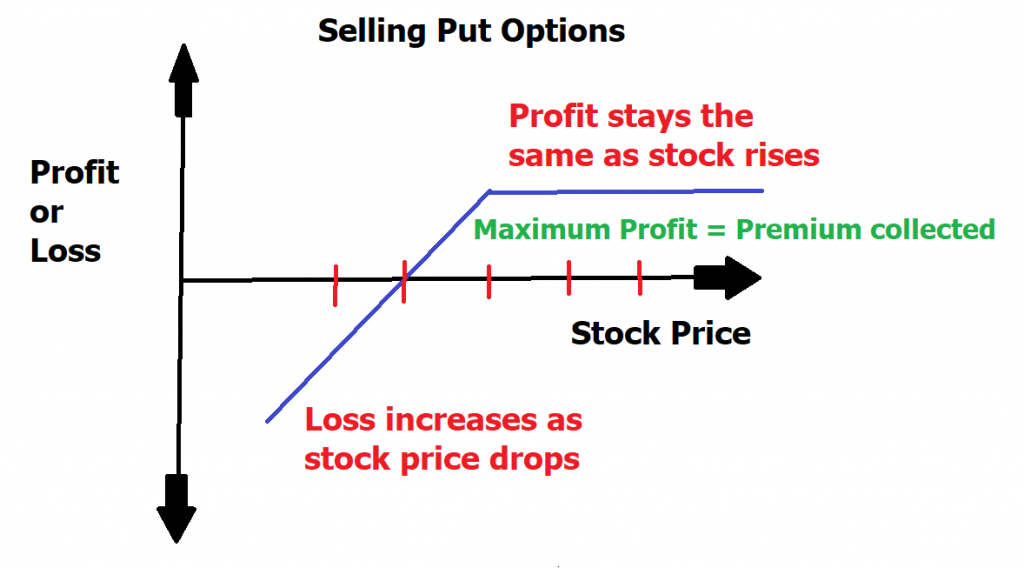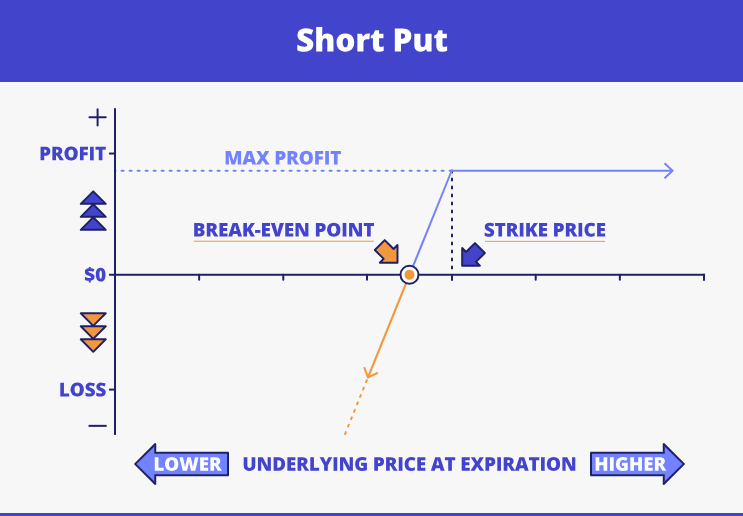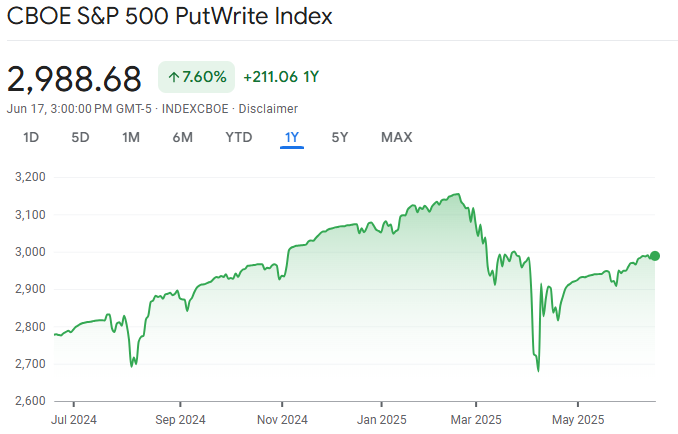Selling puts is one of the most popular options strategies used by traders to generate steady income, especially in sideways or bullish markets.
Unlike buying options, which offer high rewards with limited risk, selling puts focus on collecting premiums while taking on the obligation to buy stock at a predetermined price.
In this comprehensive guide, we'll explain how selling puts works, why it appeals to income-focused investors, and how to use this strategy effectively in 2025 and beyond.
What Is a Put Option?

Before discussing the strategy, it's essential to understand what a put option is. A put option gives the buyer the right, though not the obligation, to sell a stock at a specific price, known as the strike price, either before or at expiration.
The seller of the put option (also known as the writer) is obligated to buy the stock if the buyer exercises the option.
In return for this obligation, the seller receives a premium upfront. If the stock stays above the strike price, the option expires worthless, and the seller keeps the premium as profit.
What Does Selling Puts Mean?

When you sell a put, you're essentially saying, "I'm willing to buy this stock at a certain price, and I'll take a payment now for that commitment."
This strategy can be profitable if the stock remains above the strike price at expiration. You earn income from the premium received, and you don't have to buy the stock.
However, if the stock falls below the strike price, you will be assigned and required to purchase the stock at that price—regardless of how far it falls.
Many traders and investors sell puts to generate consistent income from options premiums. This strategy is often considered cash-secured, meaning you have enough capital available to purchase the stock if its price falls below the strike price.
For long-term investors, selling puts can be a smart way to accumulate shares at a discount. If you were planning to buy a stock anyway, selling puts lets you potentially acquire it at a lower cost while being paid to wait.
Selling Puts Mechanics

Step 1: Choose a Stock
Pick a stock you're willing to own. Ideally, it should be a fundamentally strong company you'd be happy to hold in your portfolio, even if the market drops temporarily.
Step 2: Pick a Strike Price and Expiration
The strike price is the price at which you agree to buy the stock. Most traders choose a strike price that is below the current stock price to provide a margin of safety.
The expiration of options can range from a few days to several months. Shorter expirations, such as weekly options, allow for quicker returns, while longer expirations, such as monthly options or LEAPS (Long-Term Equity Anticipation Securities), may offer higher premiums.
Step 3: Sell the Put and Collect Premium
Once you sell the put, you receive a premium instantly. This premium is yours to keep, whether the option is exercised or not.
Step 4: Wait for Expiration or Assignment
At expiration, one of two things will happen:
If the stock stays above the strike, the option expires worthless, and you keep the premium as profit.
If the stock price falls below the strike price, you will be assigned the stock to purchase at the strike price.
Real-World Example
Suppose Apple (AAPL) is trading at $180. You sell a put option with a strike price of $170, expiring in 30 days. The premium received is $3 per share, or $300 per contract (each option contract covers 100 shares).
Two scenarios:
Stock stays above $170: The option expires worthless. You keep the $300 premium as profit.
Stock drops to $165: You are assigned the stock at $170. However, with the $3 premium, your effective cost basis is $167, which is still below the market price, minimising your unrealised loss.
How to Select the Best Put Options to Sell
1) Liquidity
Choose liquid stocks and ETFs with tight bid-ask spreads to minimise slippage. High open interest and volume ensure better execution.
2) Premium vs Risk
Aim for a favorable premium-to-risk ratio. Out-of-the-money puts (strike below the current price) provide a good balance between risk and reward.
3) Volatility
Higher implied volatility leads to higher premiums. Earnings season or market uncertainty can boost volatility but also assignment risk.
4) Time Frame
Short-term puts (7–30 days) can generate fast returns, while longer-term puts offer higher premiums but more exposure.
5) Technical Support
Sell puts near support levels where the stock has historically bounced. It adds an extra layer of protection.
Historical Performance and Use by Professionals

Professional traders and hedge funds have long used put-selling as a conservative income strategy. Some even build entire portfolios around systematic put writing.
The CBOE S&P 500 PutWrite Index (PUT) tracks a put-writing strategy and has historically shown less volatility than the S&P 500, with decent long-term returns.
It shows that when used correctly, selling puts isn't just for speculation—it's a solid income tool backed by decades of performance.
Common Mistakes to Avoid
However, many beginners make the error of selling puts on stocks they don't want to own. Thus, always sell puts on companies you're comfortable holding long-term.
Another mistake is chasing high premiums without considering the risk. A higher premium usually means higher implied volatility and larger downside potential.
Avoid overusing margin, which can amplify losses if the market turns against you.
Conclusion
In conclusion, selling puts remains one of the most effective ways to earn income in a sideways or rising market. In 2025, with smart tools, low commissions, and algorithmic support, this strategy will be more accessible than ever.
It suits conservative investors seeking cash flow, as well as active traders looking to expose volatility. The key lies in choosing the right stocks, having a clear plan for assignment, and always managing risk.
Disclaimer: This material is for general information purposes only and is not intended as (and should not be considered to be) financial, investment or other advice on which reliance should be placed. No opinion given in the material constitutes a recommendation by EBC or the author that any particular investment, security, transaction or investment strategy is suitable for any specific person.

























